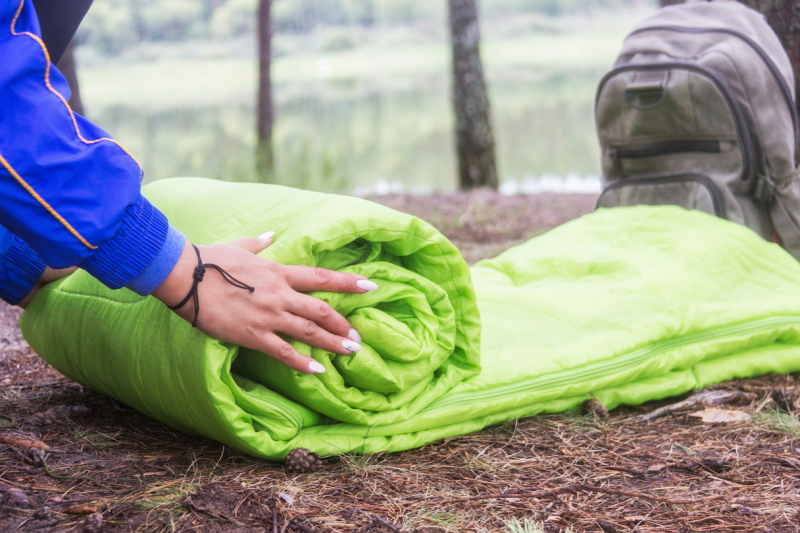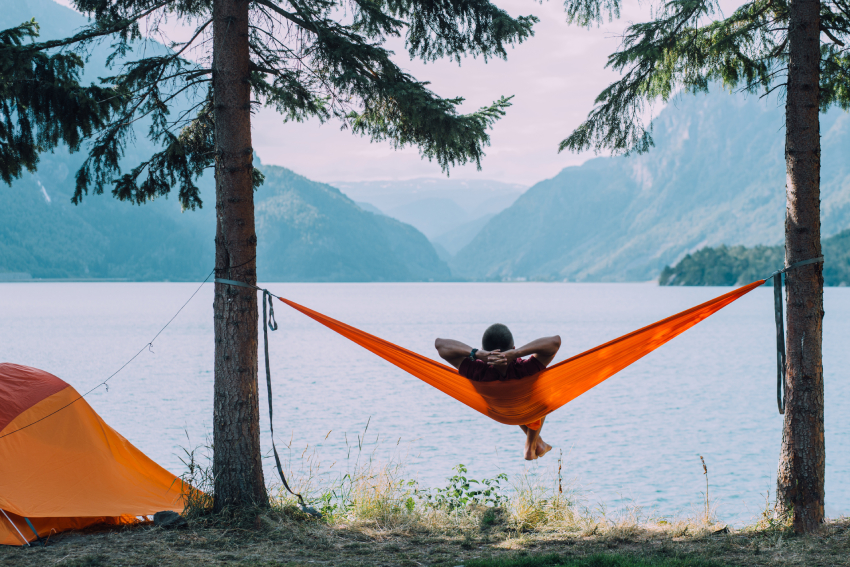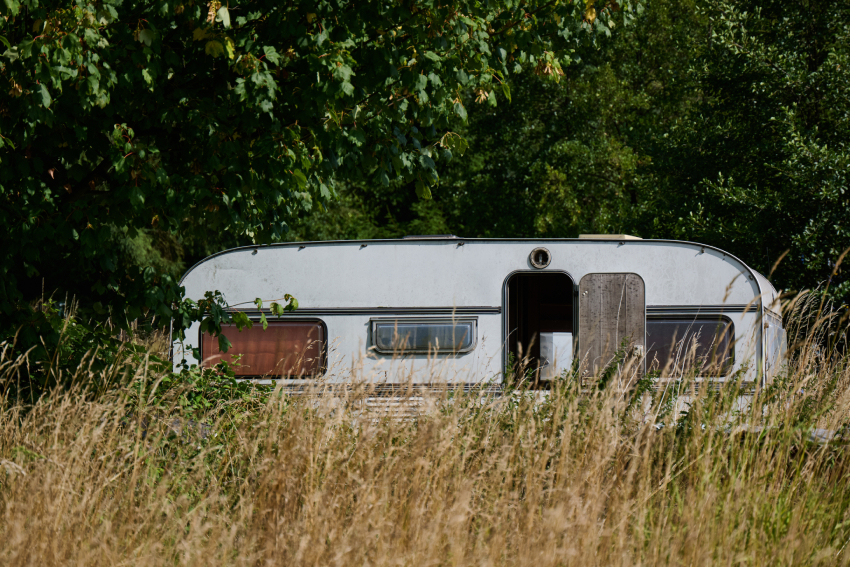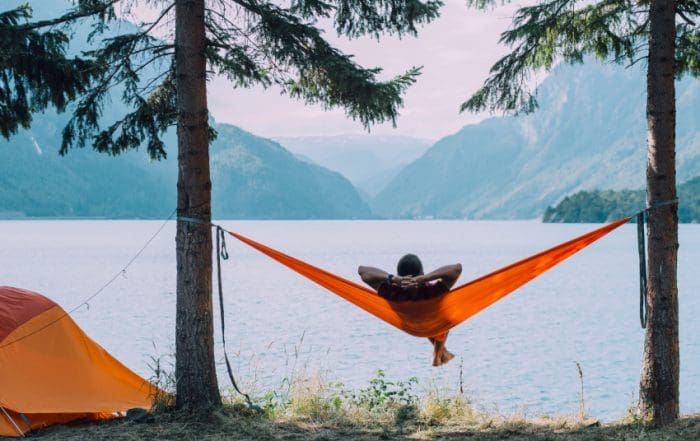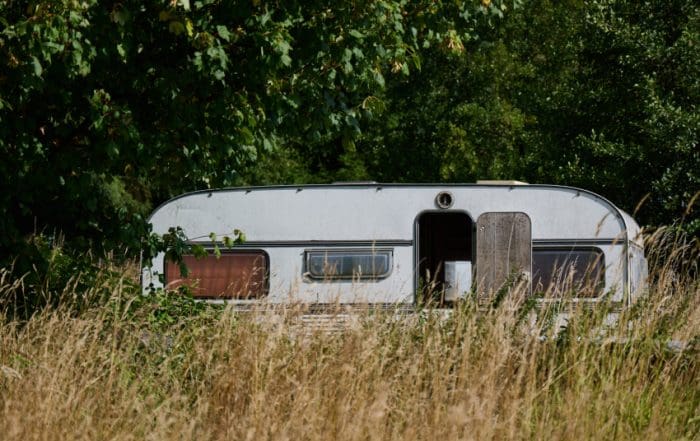Selecting the right sleeping bag is a significant decision you will make while getting ready for a camping trip. A comfortable night's sleep or a bad one can be determined by knowing which sleeping bag to use. To guarantee comfort and safety when outdoors, it's essential to understand what sleeping bag seasons include. Let's examine the key factors that determine which sleeping bag is appropriate for your trip and how to choose wisely.
What Do Sleeping Bag Seasons Mean?
When preparing for a camping trip, choosing the right sleeping bag is crucial for a comfortable experience. With categories like summer sleeping bags for warmer temperatures above 10°C, three-season sleeping bags for temperatures between 0°C and 10°C, winter sleeping bags for temperatures below 0°C, and extreme sleeping bags for extremely cold temperatures below -20°C, sleeping bag seasons relate to a sleeping bag's temperature rating. Knowing what sleeping bag to choose for which season will help you be prepared.
Another thing to think about is how warm my sleeping bag should be. The temperature range, season, and destination of your travel will all affect this. A three-season sleeping bag, which strikes a balance between warmth and breathability, is adequate for the majority of general situations. However, your needs can differ if you're a warm or cold sleeper. While cold sleepers might need more insulation and choose a winter sleeping bag for extra warmth, summer sleeping bags might be ideal if you prefer to sleep comfortably. It's important to understand sleeping bag temperature ratings that indicate the lowest temperature at which a bag can remain secure for you.
For a stay at Mbizi Game Lodge & Spa, a three-season sleeping bag should be sufficient for most conditions, but be sure to check the forecast. Regardless of where you go, choosing the right sleeping bag based on how warm your sleeping bag needs to be and what sleeping bag seasons mean will ensure you have a good night's rest.
How Warm Does My Sleeping Need to Be?
How warm your sleeping bag needs to be is an essential consideration to take into account while selecting one. While a bag that is too cold can leave you shivering all night, one that is too warm for the season can make you sweat and feel uncomfortable. You should consider factors like location, time of year, and temperature range to make the best choice.
To start, make sure the sleeping bag is appropriate for the weather you'll be experiencing by looking at its temperature rating. While a summer sleeping bag will keep you comfy without overheating, a three-season sleeping bag can be ideal if you're camping in the early spring or late autumn. Even in the warmer months, you could require a winter sleeping bag if you live in a chilly or mountainous area. Ultimately, how warm your sleeping bag needs to be is about adjusting for your personal preference.
Are You a Warm or Cold Sleeper?
Everyone's body temperature varies, and it's important to know whether you're a warm sleeper or a cold sleeper when picking your sleeping bag. Some people naturally sleep warmer than others, and this can influence your sleeping bag choice.
- Warm sleepers may find they need a lighter bag than what the temperature rating suggests. A summer sleeping bag or a three-season sleeping bag might be all they need, even in cooler weather.
- Cold sleepers, on the other hand, might need extra insulation. They may prefer the added warmth of a three-season sleeping bag during colder months or opt for a winter sleeping bag if the temperatures are expected to dip significantly.
Your comfort while sleeping largely depends on how your body reacts to temperature changes. Knowing whether you're a warm or cold sleeper allows you to make a more informed decision when choosing your sleeping bag.
What Sleeping Bag Temperature Ratings Mean?
Matching a sleeping bag to your needs requires an understanding of sleeping bag temperature classifications. The lowest temperature at which a bag is intended to keep you comfortable is indicated by these ratings, which are usually given by manufacturers. The lowest temperature at which you can sleep comfortably without feeling cold is known as the 'comfort rating'; the lowest temperature at which the sleeping bag can keep you alive, though you might still feel cold, is known as the 'limit rating'; and the lowest temperature at which the sleeping bag can keep you from freezing but should only be used for brief periods is known as the 'extreme rating'.
The temperature range you will be camping in is an important aspect to take into account while selecting a sleeping bag. While winter sleeping bags are advised for more severe situations, most outdoor enthusiasts prefer three-season sleeping bags because they offer a balance between warmth and packability. You can make sure the sleeping bag you select meets your specific needs by being aware of what sleeping bag temperature ratings signify.
Remember, when you're outdoors, your sleeping bag is your best friend. Whether you're looking for self catering accommodation or a camping experience, the right sleeping bag ensures your comfort.
Planning your outdoor adventure is always exciting, and picking the right sleeping bag is part of the fun! If you're planning a stay at Mbizi Game Lodge & Spa, be sure to choose a three-season sleeping bag or check in with us to find out the best recommendations for your trip. Contact us to make a booking for your upcoming getaway.


